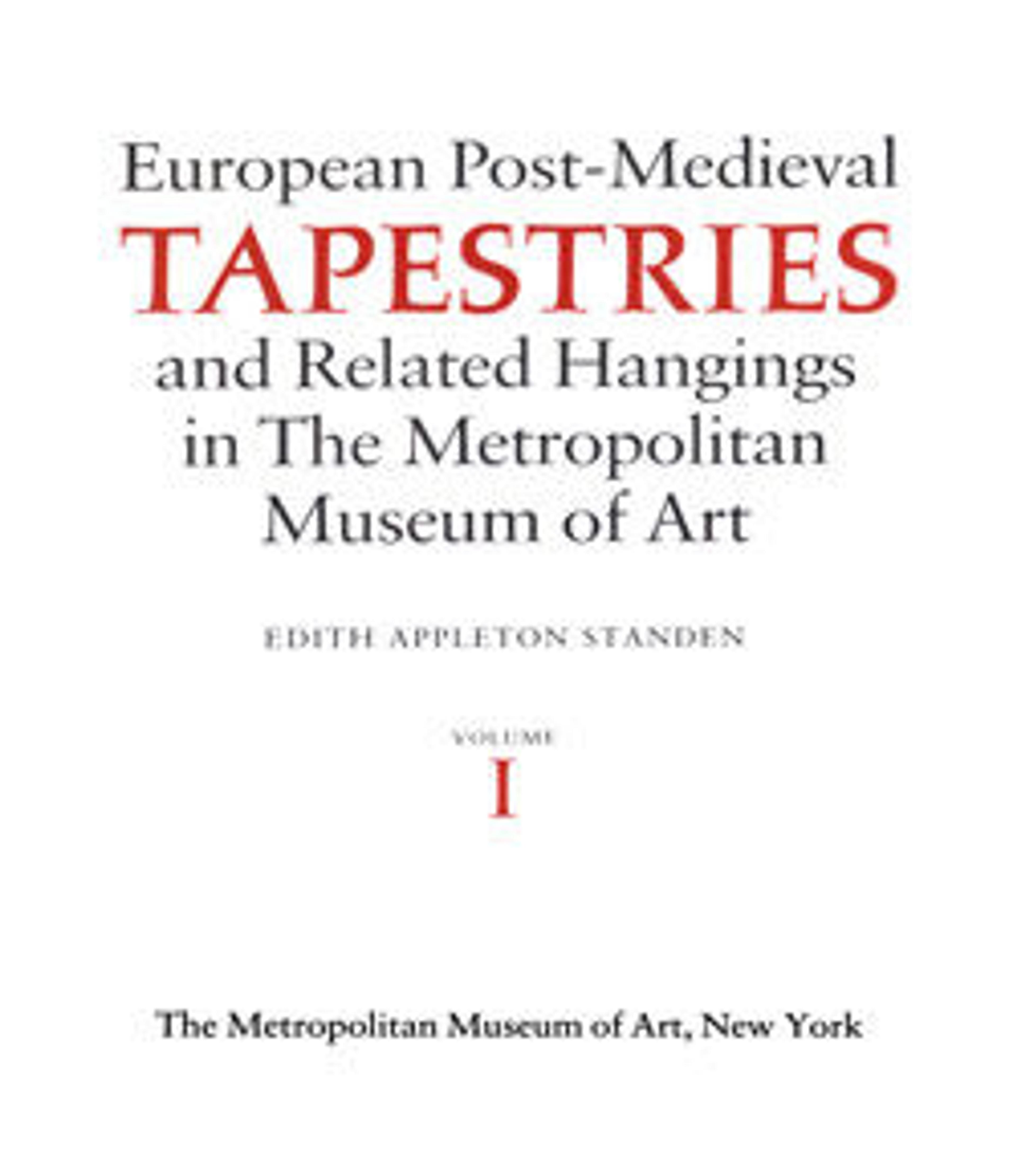Bust of the Virgin
This tapestry is not a fragment, but is instead a small, devotional work. The representation of the praying Virgin Mary is based on a painted prototype by Guido Reni perpetuated in many derivative paintings.
The tapestry is attributed to weavers working in Rome at the San Michele manufactory, which had been founded in 1710 by Pope Clement XI to complement the wool and dyeing workshops at the orphanage of San Michele a Ripa. It is part of a large group of technically proficient tapestries, many made as diplomatic gifts, modelled after paintings in the Vatican collection. With the exception of a handful of more sophisticated tapestry series (like Gerusalemme Liberata, four pieces of which are also in The Met’s collection), these woven copies comprised the main activity of the San Michele weavers, alongside repair and restoration of older northern European tapestries in the papal collection.
The tapestry is attributed to weavers working in Rome at the San Michele manufactory, which had been founded in 1710 by Pope Clement XI to complement the wool and dyeing workshops at the orphanage of San Michele a Ripa. It is part of a large group of technically proficient tapestries, many made as diplomatic gifts, modelled after paintings in the Vatican collection. With the exception of a handful of more sophisticated tapestry series (like Gerusalemme Liberata, four pieces of which are also in The Met’s collection), these woven copies comprised the main activity of the San Michele weavers, alongside repair and restoration of older northern European tapestries in the papal collection.
Artwork Details
- Title:Bust of the Virgin
- Designer:Designed after a painting by Guido Reni (Italian, Bologna 1575–1642 Bologna)
- Designer:Design sometimes attributed to Francesco Trevisani (Italian, Capodistria 1656–1746 Rome)
- Maker:Probably woven under the direction of Pietro Ferloni (Italian, active 1717–70)
- Manufactory:Woven in Rome, Arazzeria San Michele, founded 1710; closed 1926
- Date:mid-18th century
- Culture:Italian, Rome
- Medium:Silk, wool (28-29 warps per inch, 10-11 per cm.)
- Dimensions:14 1/4 × 11 1/2 in. (36.2 × 29.2 cm)
- Classification:Textiles-Tapestries
- Credit Line:Gift of Coudert Brothers, 1888
- Object Number:88.3.107
- Curatorial Department: European Sculpture and Decorative Arts
More Artwork
Research Resources
The Met provides unparalleled resources for research and welcomes an international community of students and scholars. The Met's Open Access API is where creators and researchers can connect to the The Met collection. Open Access data and public domain images are available for unrestricted commercial and noncommercial use without permission or fee.
To request images under copyright and other restrictions, please use this Image Request form.
Feedback
We continue to research and examine historical and cultural context for objects in The Met collection. If you have comments or questions about this object record, please contact us using the form below. The Museum looks forward to receiving your comments.
